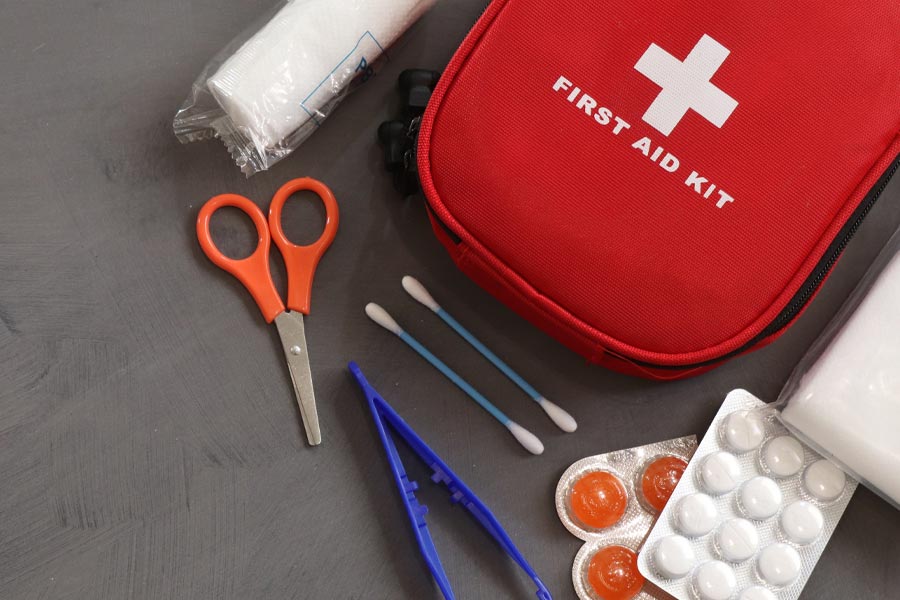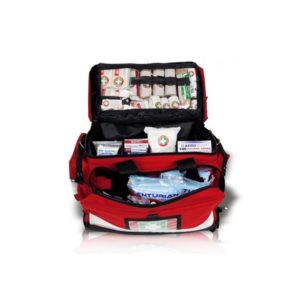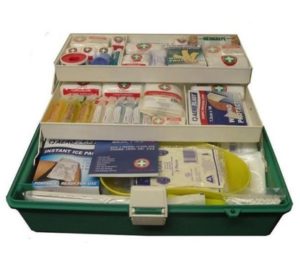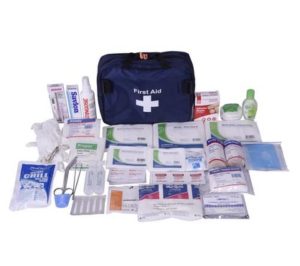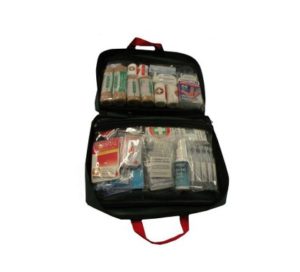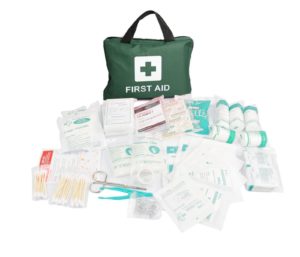A first-aid kit is a must-have for any home, even if you don’t have kids. It can be the difference between life and death in emergency situations. Here are some of the items you’ll want to keep in your first aid kits at all times.
The purpose of a first-aid kit is to provide initial treatment for an injury or illness until more advanced medical care can be reached. The contents of a first aid kit will vary depending on the type of environment it is being used in. For example, a home first aid kit would contain different items than a school first aid kit.
There are many different types of first-aid kits, which can be tailored to meet the needs of your family. It is important to tailor the contents of the kit to ensure that it meets your specific requirements. However, there are some essential items that should be included in any first-aid kit.
When putting a kit together, make sure you take into account what emergencies are most likely to happen at home. Some things should be included in all kits, such as bandages and antiseptic wipes, while other things will depend on the age range of your children. For example, if they’re under two years old.
A good first-aid kit should include supplies to treat a range of common injuries, such as cuts and scrapes, blisters, insect bites and stings, and minor burns. A well-stocked first-aid kit can also be helpful in the event of more serious injuries. It is important to pack supplies that will meet the specific needs.
Table of Contents
Why is a first aid kit important for every household?
A first aid kit is important for every household because it can provide assistance in the event of an emergency. It is important to have supplies in your kit that can help you address a variety of injuries or illnesses. Having a first aid kit can also help you stay calm in an emergency situation.
What should I put in my first aid kit?
There are many different items you can put in your first-aid kit, but some of the essentials include adhesive bandages, alcohol wipes, antibiotic ointment, pain relief medication (such as ibuprofen or acetaminophen), and a thermometer. You may also want to include supplies for dealing with specific injuries or emergencies. Here are some of the items you’ll want to keep in your first-aid kit at all times!
1. Disposable gloves
2. Assorted band-aids
3. Gauze or pads of various sizes
4. Antiseptic wipes
5. Sterile eye drops
6. Absorbent dressings
7. Roll of microporous tape
8. Tweezers
9. Crepe bandage
10. Blister plasters
It is important to select the most appropriate first aid kit for your needs and to ensure that all are familiar with its contents. In particular, make sure that you know how to use each item in the kit.
Where to store your first aid kit
When it comes to storing and caring for your medical kit, there are a few guidelines that you should follow. Store in an area with a cool temperature such as the bottom drawer of a closet or linen cabinet. The best place for a first aid kit in your home is in an easily accessible area that has some sort of storage. Make sure you put this somewhere where everyone in your household can easily find it in need.
When dealing with disposable products such as Bandages replace them immediately once used since bacteria can colonize on unwrapped edges very quickly. It’s also important not just during use-by dates but when opening containers from expired items like Solutions which expire within 2 years after the manufacture date.
Types of first aid kits
Carrying first aid kit – The first type of kit is a carrying case. This is perfect for individuals who want to be prepared for any situation. The carrying case usually has a variety of supplies, including bandages, ointments, and scissors. It’s important to check the contents of the kit before each use to make sure that everything you need is there.
Burns kit – Burn injuries are amongst the most serious and common injuries. These kits contain everything needed for treating burn wounds, from pain relief to reducing scarring risk; including additional items such as sterilizing wipes and gel which makes it ideal for commercial kitchens where there is high usage of sharp utensils or hot surfaces.
Eyewash Kit -These kits provide a way to make sure your eyes are clean. They come with sterile wash for use on the eye, as well other medical supplies that can be used in schools or environments where chemicals exist frequently like carpentry work between others.
The Best First Aid Kits NZ
1. First Responder Professional First Aid Kit
First Responder Professional First Aid Kit is a portable first aid kit that is ideal for any situation. It has 507 items and includes everything you need to provide first aid to up to 10 people.
2. Sports Portable First Aid Kit
The Sports Portable First Aid Kit is a must-have for any sports team or individual involved in physical activity. The kit contains all the necessary supplies to treat minor injuries and accidents on the field, at home, or anywhere else. It’s perfect for sports clubs, groups and centres as well as for families with children who participate in different kinds of activities.
3. Family Deluxe First Aid Kit
The Family Deluxe First Aid Kit is the perfect kit to keep your family safe and prepared for any emergency. This first aid kit contains everything you need to treat minor injuries and illnesses in your home or while on the road. The deluxe first aid kit includes over 100 pieces of essential medical supplies, including bandages, gauze pads, antiseptic wipes, burn cream, sting relief pads and more.
4. Remote Outback Softpack First Aid Kit
Remote Outback Softpack First-aid Kit is a great addition to your camping gear. It contains the right components for serious first aid in remote locations; including snake bites, burn treatments, trauma dressings, eyewash and antiseptics. This kit covers the risk when in the bush. The kit comes with a quick-release carry strap that allows you to easily attach it to your pack or belt loop so it’s always within reach if needed.
5. Emergency first aid kit medical travel set 6x 210PCS
This is a great first-aid kit, it has everything you need to take care of minor injuries. The case is compact and lightweight so it’s easy to carry around with you wherever you go. The contents are well organized and labelled in clear pockets so that they’re easy to find. There are even a few extras like adhesive bandages and some non-latex gloves.
